|
|
|

Conference Invited Lecturers (in alphabetic order)
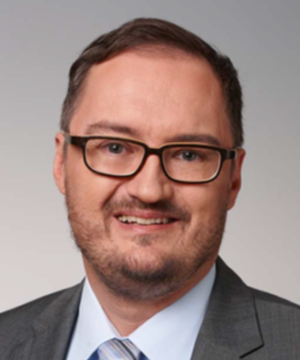
|
Andreas FERY (IPF, Dresden, Germany)
Conference title: From responsive to self-reporting polymers
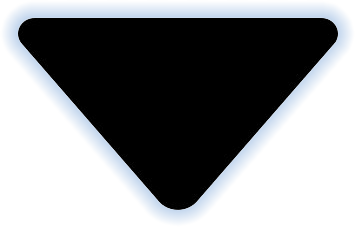

Andreas Fery is head of the institute for Physical Chemistry/Polymer Physics at the Leibniz Institut für Polymerforschung Dresden since 2015. He studied Physics at Konstanz University, where he received his Diplom in 1996 He did his PhD at the Max-Planck Institute for Colloids and Interfaces (MPIKG)/Potsdam University in 2000. After a post-doc at Institute Curie Paris in 2001, he became group leader at MPIKG and received his habilitation in 2006. In 2007 he joined Bayreuth University as associate professor and was promoted to full professor in 2008. He received the Richard Zsigmondy award of the German colloid society and an ERC starting grant. He has published more than 250 papers in peer-reviewed journals in the area of Polymer science and Colloid and interface science which have been cited more than 10000 times. His research interests are in development of novel approaches for Responsive/Bio-interactive Coatings and Nanophotonic/Plasmonic Surface Assemblies. Both research directions benefit from expertise in Characterizing Mechanics and Interactions of Colloidal Particles on the single particle level, using Atomic force microscopy techniques. He is deputy spokesperson of the German Colloid society and treasurer of the European Colloid and Interface Society.
|
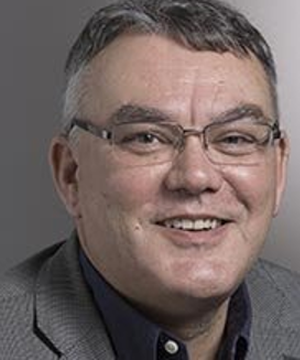
|
David HADDLETON (U Warwick, UK)
Conference title: Catalytic chain transfer (CCT) in radical polymerisation to give controlled polymer structures in an industrial useful and practical way


Prof. Haddleton David Haddleton has been working in the area of controlled polymer synthesis for over 25 years since being employed at ICI. His PhD “Photochemistry of some organometallic ethene compounds” was under the supervision of Robin Perutz at the University of York in 1986. He spent one year at the University of Toronto as a PDRA. He joined ICI in 1988 and spent one year at the University of Southern Mississippi working with polymer liquid crystals. Moving back to the UK in 1988 he spent 5 years working on GTP and anionic polymerisation prior to moving to Warwick in 1993 and was promoted to full Professor in 1998. He has published over 500 papers and has a google h-index >85 with over 25000 citations.
He has graduated over 75 PhD students from Warwick. Current work in the group is in different aspects of developing new polymerisation methodology and using this for novel polymers for industrial applications, polymers for personal care applications, (hair and skin care) and for biomedical and nano medicinal applications (new and targeted peptide and protein conjugation). Recent work includes new conjugation strategy, glycopolymers, monomer sequence control and polymerisation in biological media. He has formed two companies and is currently CSO of a transdermal drug delivery company Medherant Ltd.
|
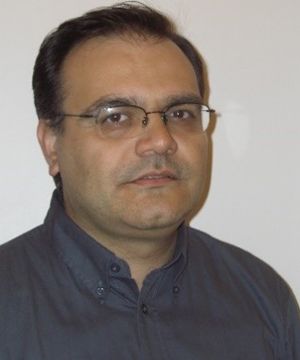 |
Stergios PISPAS (NHRF, Athens, Greece)
Conference title: Functional copolymers by RAFT polymerization: building blocks for self-assembled bio-hybrid nanostructures


Stergios Pispas is Director of Research at the Theoretical and Physical Chemistry Institute of the National Hellenic Research Foundation in Athens, Greece. He studied Chemistry at the University of Athens, Greece and he obtained his PhD in Polymer Chemistry in 1994 from the same university. He joined TPCI-NHRF in 2004 as Associate Researcher where he initiated research in polymer science for the first time. His research interests include the tailored synthesis of amphiphilic block copolymers and polyelectrolytes utilizing living/controlled polymerizations, physicochemical studies on block copolymer supramolecular assemblies and biomacromolecular systems, as well as the development of hybrid polymer based synthetic-biological and organic-inorganic nanosystems for applications in nanomedicine, (bio)sensing, bioimaging, agriculture and water remediation technologies. He has published more than 360 peer-reviewed articles, 15 invited review articles, more than 20 invited chapters in books and encyclopedias, and three books. He is currently acting as Deputy Director of TPCI-NHRF, as Editor for Polymers and Member of the Editorial Advisory Board of the European Polymer Journal.
|
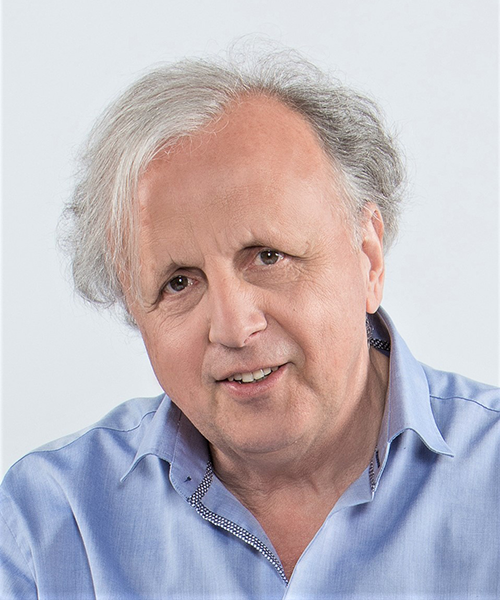 |
A. Dieter SCHLUTER (ETH Zurich, Switzerland)
Conference title: Expansion of the Staudinger 'Makromolekül'-concept to two dimensions


A. Dieter Schlüter is currently Professor Emeritus for polymer chemistry at the Materials Department of the ETH Zürich where he was active from 2004 to 2018.
He studied chemistry and geophysics at the University of Munich (LMU) and received in 1984 his Ph.D. After post-doctoral stays with Prof. K. P. C. Vollhardt (UC Berkeley, USA) and Prof. W. J. Feast (University of Durham, UK) he was head of the polymer synthesis research group in Prof. G. Wegner's department at the MPI for Polymer Research (Mainz, Germany). 1991 he finished his habilitation, received a scholarship award of the Fonds der Chemischen Industrie (Dozentenstipendium) and started as Associate Professor for polymer chemistry at the Karlsruhe Institute of Technology. From 1992 to 2004 he was Full Professor at the Free University of Berlin.
Since 2012 he is an elected member of the Swiss Academy of Engineering Sciences. In 2017 he was awarded the Society of Polymer Science, Japan, International Award for the discovery of 2D polymers.
His research interests are in the area of synthetic polymer chemistry. Schlüter believes that organic chemistry is the fundament of innovative polymer synthesis. He has over 360 peer-reviewed publications with >14’000 citations and gave over 350 invited talks worldwide.
|
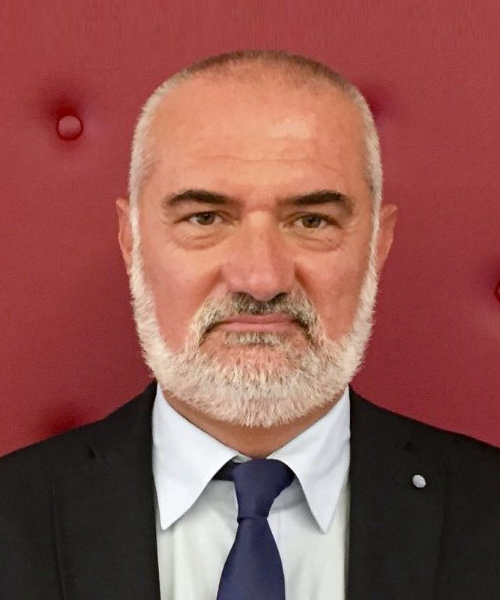 |
Claudiu T. SUPURAN (U Firenze, Italy)
Conference title: Emerging role of carbonic anhydrase inhibitors


Claudiu T. Supuran is professor of medicinal and pharmaceutical chemistry at the University of Florence, Italy, since 1995. He was a visiting scholar at University of Florida, Gainesville, USA, at Grifitth University, Brisbane, Australia, and visiting professor at University of La Plata, Argentina, at Federal University of Rio de Janeiro, Brazil, and at UNSW, Sydney, Australia (several times). His research is in the medicinal chemistry/biochemistry of metalloenzymes, mainly carbonic anhydrases, field in which he has made contributions to the design of many novel classes of enzyme inhibitors and activators, deciphering their mechanism of action at molecular level, discovery of new isoforms and their role in disease (cancer, obesity, epilepsy, neuropathic pain and cognition), discovery and characterization of carbonic anhydrases from various organisms (bacteria, fungi, protozoans, sponges, corals, plants, diatoms, vertebrates, etc). Other research interests include X-ray crystallography of metallo-enzymes, heterocyclic chemistry, chemistry of sulfonamides, sulfamates and sulfamides, biologically active organo-element derivatives, metal-based drugs, cyclooxygenases, serine proteases, matrix metalloproteinases, bacterial proteases, and computational chemistry. He has published more than 1700 papers in these fields and his Hirsch index is 149, with > 98000 citations. One of the compounds discovered in his laboratory (SLC-0111) is in Phase II clinical trials for the treatment of advanced metastatic solid tumors in Canada/USA.
|
 |
Ion TIGINYANU (Moldova Academy of Science)
Conference title: Tubular nanomaterials for multifunctional applications


Ion Tiginyanu has completed his PhD in 1982 from Lebedev Institute of Physics, Moscow. He realized research projects at the Technical University Darmstadt (1995/96 and 1998/99) and at the University of Michigan in Ann Arbor (2000/2001). He serves as founding Director of the National Center for Materials Study and Testing, Technical University of Moldova. In 2019 he was elected president of the Academy of Sciences of Moldova. Professor Tiginyanu’s research interests are related to nanotechnologies, multifunctional nanomaterials and fabrication of novel device structures. Among recent developments one can mention self-organized hybrid nanoarchitectures with dual hydrophilic/hydrophobic properties, light-driven nano- and micro-engines, self-propelled liquid marbles. He has more than 400 journal publications and 52 technological patents, his personal Hirsch index equals 43 (Scopus). He is member of the Academia Europaea, honorary member of the Romanian Academy, honorary doctor of the Joint Institute for Nuclear Research (Dubna, Russian Federation), Fellow of SPIE, member of AAAS, IEEE, OSA, MRS, the Electrochemical Society.
|
|













